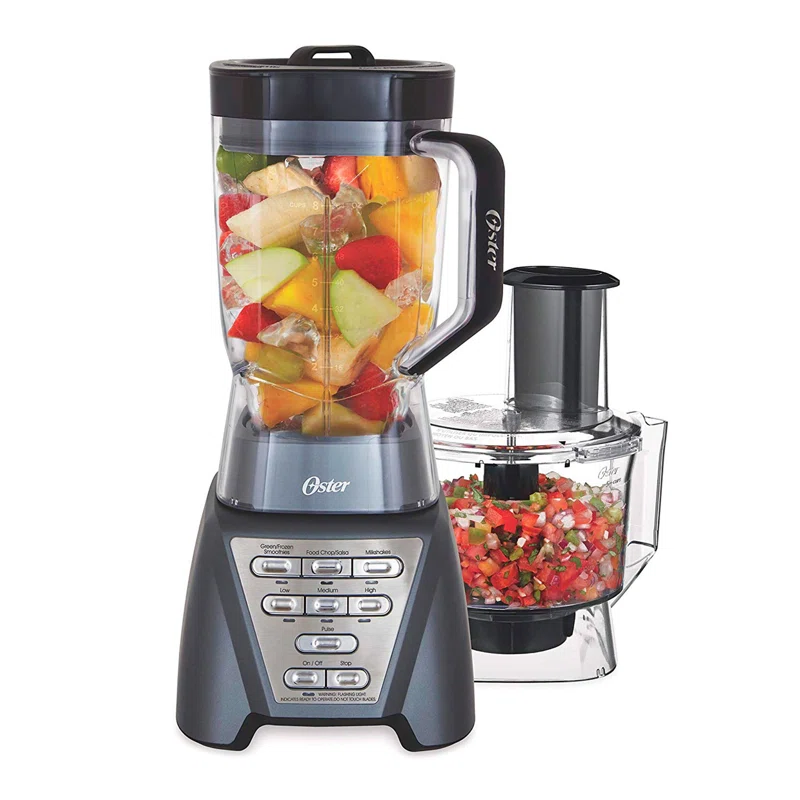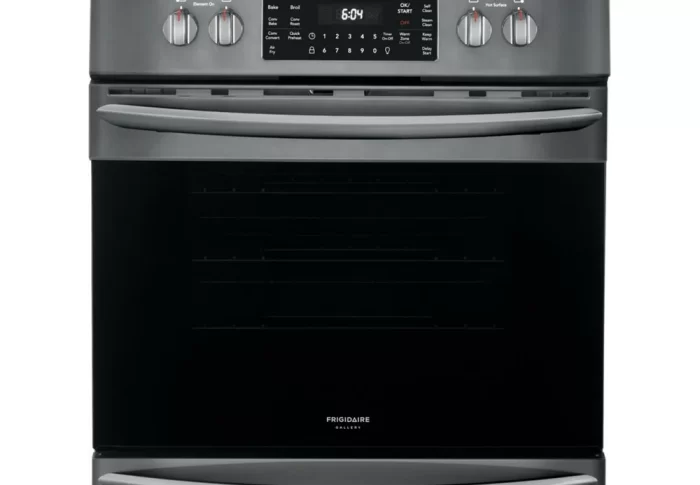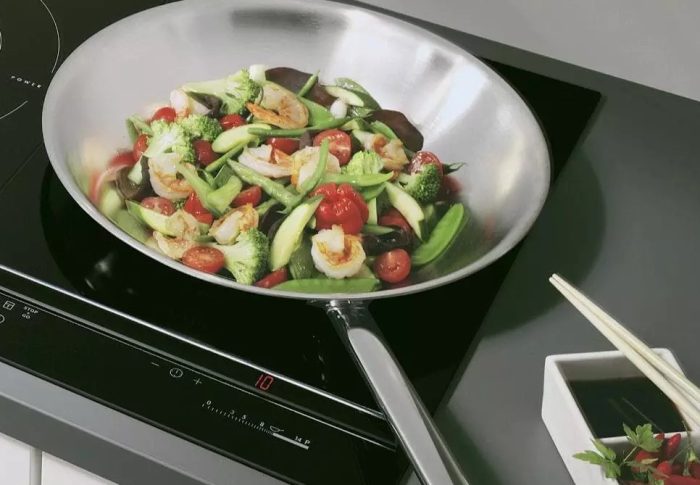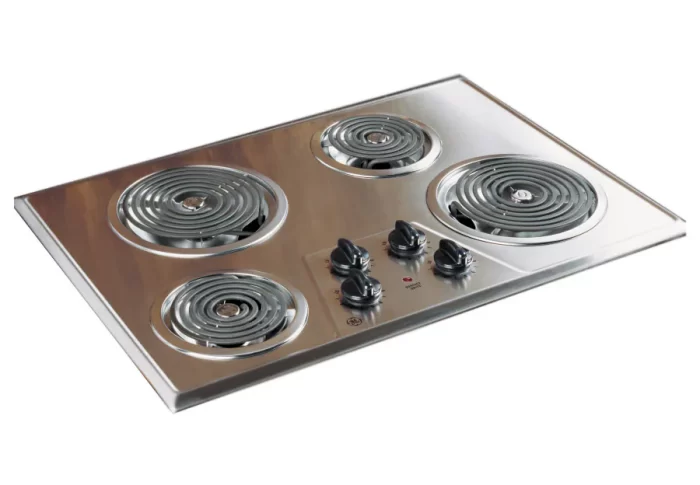
Is a Food Processor the Same as a Blender?
When it comes to kitchen appliances, food processors and blenders are two staples that many home cooks and professional chefs alike rely on. Each device plays a crucial role in meal prep, but their functionality, capabilities, and design can spark considerable debate. So, is a food processor the same as a blender? Let’s delve into the intricacies of both to discern their similarities, differences, and how you can decide which one would best suit your culinary needs.
Understanding the Basics
What is a Food Processor?
A food processor is a versatile kitchen appliance designed to handle a variety of tasks, from slicing and grating to mixing and chopping. Typically equipped with a large bowl and various attachments, food processors excel at tasks that require a lot of preparation time. They often come with different blades that can be swapped out to achieve different results.
Common Uses of Food Processors
- Chopping Vegetables: Food processors can chop vegetables quickly and evenly, which is a huge time-saver when prepping meals.
- Kneading Dough: Many food processors come with a dough blade, making it easy to combine flour and water without the labor of traditional kneading.
- Making Sauces and Dips: A food processor is perfect for making hummus, pesto, or even salad dressings as it can thoroughly mix and blend various ingredients.
- Grating Cheese or Vegetables: The grating and shredding discs can prepare shredded cheeses or grated vegetables in a fraction of the time it would take by hand.
What is a Blender?
A blender, on the other hand, is primarily designed for liquid-based tasks. Its main function is to combine and emulsify ingredients, making it adept at tasks like whipping up smoothies or pureeing soups. Blenders are characterized by their container with sharp blades that spin at high speeds.
Common Uses of Blenders
- Making Smoothies: Blenders are famously known for their ability to turn frozen fruits, yogurt, and liquids into creamy smoothies.
- Pureeing Soups: A blender can easily puree cooked vegetables, creating a smooth soup texture.
- Creating Sauces: Blending sauces like marinara or curry paste can be done quickly and effectively.
- Mixing Batters: Blenders can mix liquid batters for pancakes, waffles, and other baked goods.
Key Differences in Functionality
Blade Design and Functionality
The most fundamental difference between food processors and blenders is their blade design and how each functions.
- Food Processor Blades: The blades in a food processor range from standard sharp blades for chopping to specialized ones for grating or slicing. Because of this versatility, they can perform a wider array of tasks in meal prep that don’t necessarily require liquid.
- Blender Blades: Blenders have sharp blades designed for cutting through liquid and softer ingredients. The blending action is circular, which helps incorporate air and create a smooth consistency in liquids.
Volume and Design
Food processors generally come with larger containers compared to blenders, making them adept for bulk tasks, such as chopping a large amount of vegetables or preparing dough for multiple servings.
Container Shape and Design Difference
- Food Processor Bowls: They typically have a wider and shorter bowl shape, which is more conducive to dry mixing and chopping. The design ensures that ingredients consistently fall toward the blades for more even processing.
- Blender Jugs: Blender containers are usually tall and narrow, facilitating the rapid vortex action needed for liquids. The design helps prevent ingredients from splashing out, ensuring a consistent blend.
Speed and Power
When diving into the mechanics, the motor power is another differentiating factor.
- Power of Food Processors: Generally, food processors have stronger motors that can handle thicker and denser ingredients, making them ideal for heavy-duty tasks like kneading dough.
- Power of Blenders: Blenders might have powerful motors too, but they are mainly optimized for water-based ingredients and can struggle with denser substances unless designed for high-performance blending.
Which One Should You Get?
The question “is a food processor the same as a blender” can’t be fully understood without considering your cooking habits and what tasks you need the most assistance with in the kitchen.
Consider Your Cooking Style
- Do you often make smoothies or soups? If so, a blender may be your best bet.
- Are you more inclined toward meal prepping and cooking? If chopping, slicing, and shredding vegetables or kneading dough is your jam, then a food processor will likely serve you better.
- Are you short on kitchen space? Compact versions of both appliances exist, but you may need to focus on one or the other depending on your limited counter space.
Budget Considerations
Food processors can range in price based on their capabilities and brand, often starting at a more affordable range than high-end blenders. Conversely, premium blenders can be significantly more expensive due to their power and innovative features.
Combination Units
If you can’t decide, there are combination units available that merge the capabilities of both blenders and food processors into one appliance. This would provide the versatility needed for various tasks, but keep in mind that they may not perform as well as dedicated versions for more specialized tasks.
Maintenance and Care
Both kitchen appliances have unique maintenance needs.
Food Processor Maintenance
- Regular Cleaning: Make sure to clean the bowls, blades, and attachments after use, as food particles can get stuck in the nooks and crannies.
- Blades Care: Be cautious while handling sharp blades and store them safely to prevent injury.
Blender Maintenance
- Container Cleaning: Most blender jars are dishwasher safe, making cleanup easy. However, ensure you do not place the motor base in water.
- Blade Assembly Care: Rinse the blades after use, as dried food can be hard to clean off.
 Pros and Cons of Each Appliance
Pros and Cons of Each Appliance
Food Processor Pros and Cons
Pros:
- Versatile: Handles a wider variety of tasks.
- Excellent for meal prep: Efficient for slicing, chopping, and mixing.
- Stronger motors: Able to handle denser foods.
Cons:
- Can be bulky: Models may take up more counter space.
- More complex: Various attachments can become overwhelming.
Blender Pros and Cons
Pros:
- Perfected for liquids: Best for smoothies, soups, and purees.
- Easy to clean: Many blender containers are dishwasher safe.
- Compact: Often takes up less storage space.
Cons:
- Limited functionality: Not ideal for chopping solid ingredients.
- May struggle with thicker contents, depending on the brand.
Real-Life Scenarios: Choosing Between the Two
Cooking for a Family
If you often cook for a family or batch-cook meals, a food processor could save you significant time in preparing ingredients. However, if your family enjoys smoothies or purees, owning a quality blender would be worthwhile.
Meal Prep for One or Two
For individuals or couples, a blender would be sufficient if smoothies and soups are your main focus. Conversely, if you lean toward cooking meals from scratch, you may find that a food processor is indispensable.
Specialized Diets
If you follow a diet high in vegetables or legumes, a food processor can help you prepare meals more efficiently. On the other hand, if you’re more into shakes or smoothies, investing in a good blender would be advantageous.
Conclusion
So, is a food processor the same as a blender? In summary, they are not the same, and while they share some similarities, their core functionalities set them apart. A food processor specializes in solid, dense tasks and multipurpose functions, while a blender focuses on liquid-based blending and emulsifying. Depending on your cooking habits, kitchen space, and budget, one may suit your needs better than the other. Ultimately, knowing the respective capabilities and limitations of these two appliances can empower you to make informed decisions that enhance your culinary endeavors.








